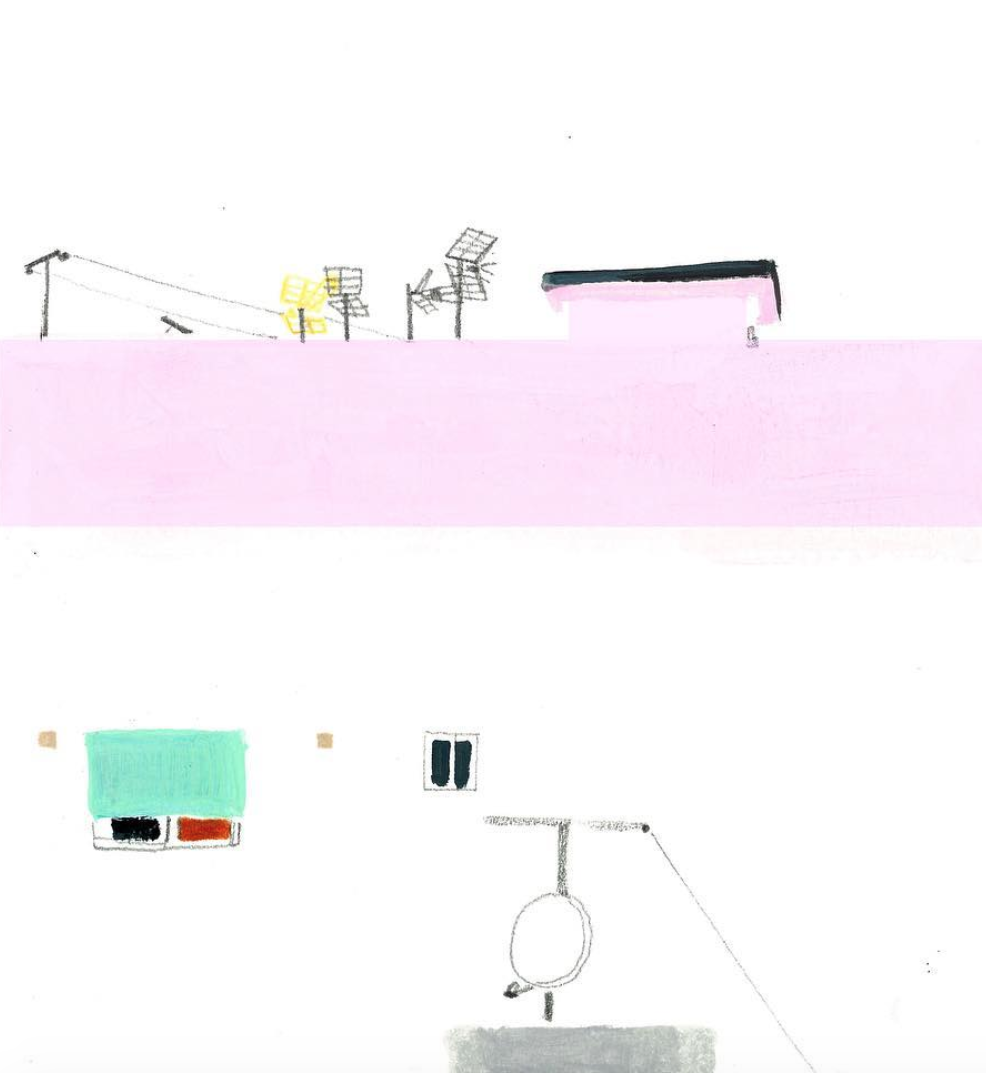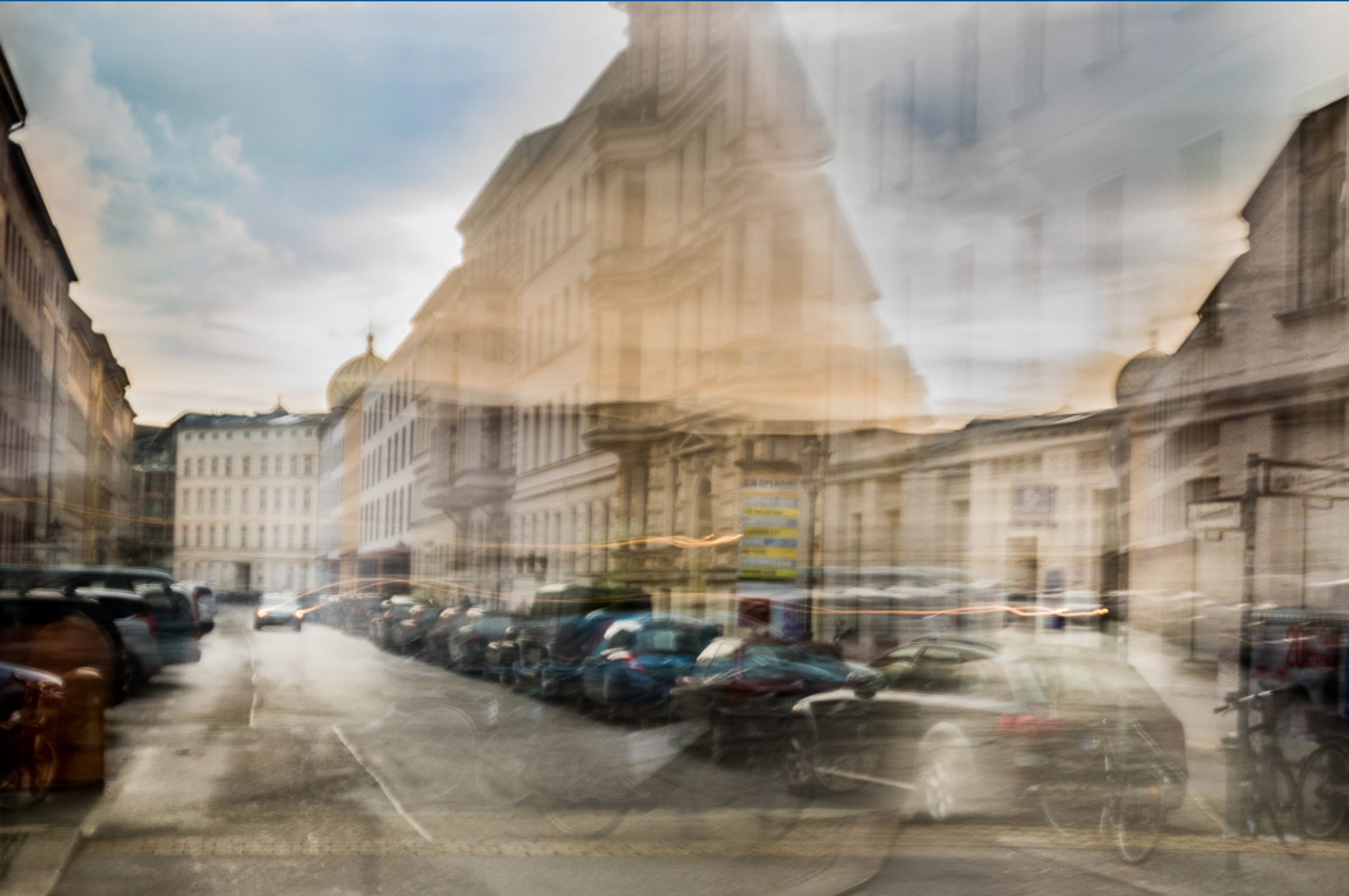Part Ten | Abstraction
After last week, I that my difficulty with this process, needing to connect my research to my work, was stunted by uncertainty about what my work actually was. In the beginning we had been warned against focus on the “what,” that is, our medium and process, yet as the weeks went by I realised that this warning was intended for those with a set idea of what their process and media were, that I needed to focus my artwork in order to draw connections between it and anything else. To formulate an abstract I would need to actually conceptualise my work. My main inspiration in doing this turned out to relate to artists I worked this summer in Rota, Spain – Josema Zamorano and Eunju Ko.
I’ve been using a term from this summer, paseo, to describe what I do when I’m drawing in the city, the process of walking without direction and grasping at what catches my eye, trying to see into the nature of the space. Inspired by the way these artists conceptualised the city, especially Zamorano, I noticed in how many ways we were thinking about the same things, both wanting to question the camera as a symbol of objectivity and its “direct relationship to reality”. He does this by manipulating the camera, while I aim to provide an alternative, to question the assumption that a drawing is less true than a photograph. In viewing Zamorano's and Ko's work as impressions or constructions, I realised that I want study my practice, not as a creation of an alternative space like I’d explored earlier, but as a process of documentation. I want subjectivity to be inherent, accepted as a given and a strength. Thus I decided to focus on the topic of documenting Urban Development, specifically in Istanbul, which allowed me to focus and start gathering and reviewing sources to formulate a working abstract.
Abstract: Accompanying the proliferation of urban development projects taking place in Istanbul, regionally and globally, is an interest in examining and/or preserving the neighbourhoods dramatically affected by these projects. This paper will review how these changes are systematically documented on an instrumental level in comparison to artistic endeavours with the same intent. In this way the researcher will examine aspects of development emphasised by artistic and creative examination of these places and their metamorphosis, identifying ways in which this genre may provide aspects of personal experience lacking in data-driven abstractions of official documentation. An argument nestled in spatial theory will connect to research in Urban Planning supporting the importance of the human element in urban landscape to form and maintain communities, suggesting that artistic documentation is more accessible and aims to preserve the character of these places for inhabitants, as opposed to abstract, limited and unevenly applied documentation conducted by developers and researchers. As large-scale Urban Development projects proceed in today’s cities, unique perspectives of artistic representation provide a chance to examine, review and hold onto views of the city from the past and present.
Thoughts: involving memory, limiting to visual representations (does this include documentary film?)


